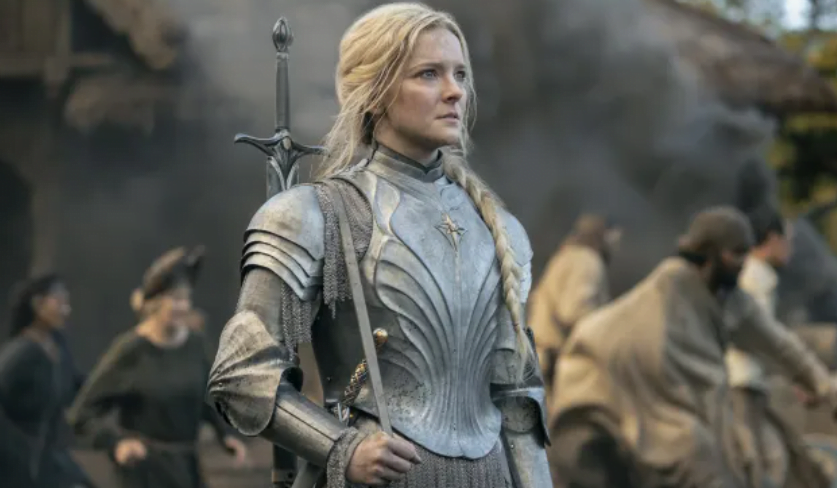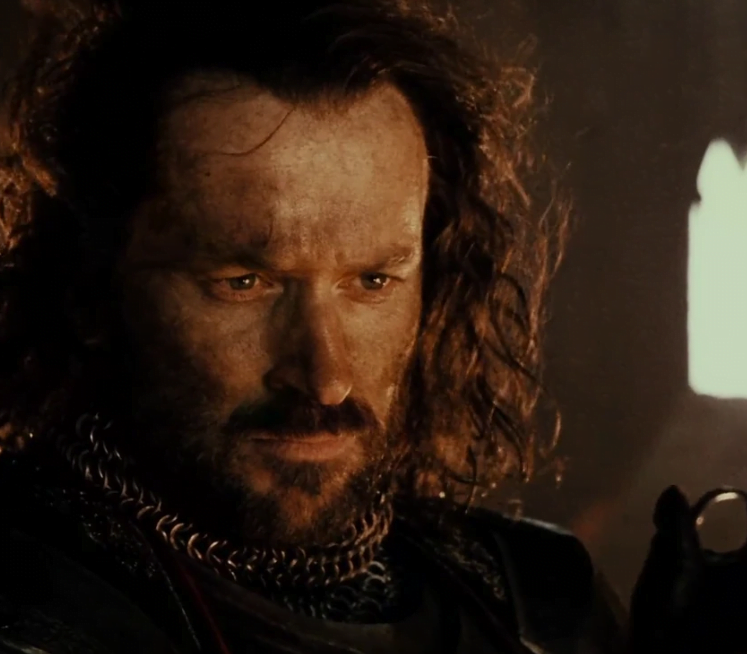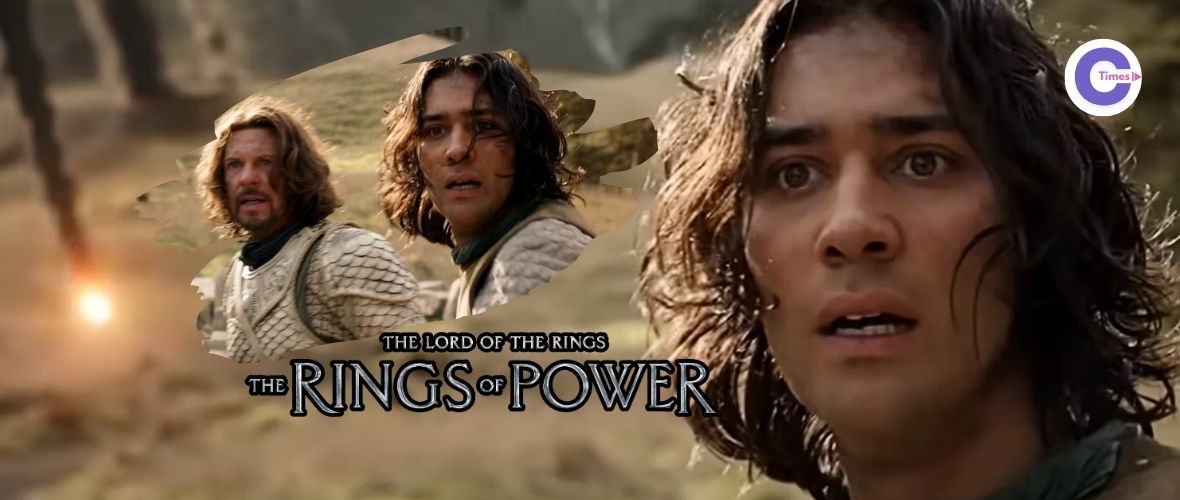“The Rings of Power” remains true to much of J.R.R. Tolkien’s lore about Middle-earth, with central characters and events shaping epic fantasy. Among those vastly complicated, special characters would be Isildur—his journey from a young man who seeks his path in this world to becoming a legendary figure of Middle-earth’s history.

Isildur’s Arc
In the first season, a young Isildur has been played by Maxim Baldry. This isn’t the Isildur known as a seasoned veteran, according to Tolkien. Currently, Season 1 ended with his fate not yet known after the epic eruption of Mount Doom, leaving his development for Season 2.

Introduction to Isildur’s Wife
One of the major threads in the series, however, is the political upheaval occurring in Numenor. A once-powerful and proud kingdom is now riven by internal strife as well as the corrupting influence of Sauron. The final downfall of Numenor, through the influence of Pharazon, against the seductive and overwhelmingly destructive power of power, might be what this is portrayed as in essence: a battle.
Most important of all is the account of. the rise to power and later actions of Pharazôn, his manipulation at the hands of Sauron and the political disorder that followed, that characterized the complex interplay of ambition, loyalty, and betrayal that defined Numenor’s decline.

The Downfall of Numenor
The fall of Numenor is the single most apocalyptic event in the Tolkien legendarium, and this apocalyptic happening, brought about by the combined hubris and defiance of the Numenoreans to the Valar, sets the stage for so many important events yet to define the history of Middle-earth: the founding of Numenorean survivor-kingdoms Arnor and Gondor.
Cultural and Mythological Depth
It also features the architectural and cultural magnificence of Númenor, with all its sailing culture and great edifices. The level of detail provided to express civilization in Numenor reinforces how full and complete Tolkien’s world-building is.
What finally leads to the collapse of Numenor is the adverse and corrupting influence of Sauron. The way in which he played the leaders against each other and the final moral degeneration of the nation showed a nice insight into the machinations of power play and corruption.
What to expect in Season 2
As the show moves into its sophomore season, “The Rings of Power” is now setting upon venturing into Isildur’s personal history and the political and social turmoil of Numenor. The series promises to scratch deeper into the cloth of these events’ cultural and historical relevance, offering a more holistic insight into the world of Middle-earth’s lore.
High production values take nothing but another rise in the series, and Season 2 is expected to be bigger in terms of visuals. The fall of Numenor and Isildur’s journey are to be depicted with the help of great cinematography and special effects that have to come into effect, making the experience even more absorbing for each viewer.
“The Rings of Power”—If this was not enough, this desperate epic story by J.R.R. Tolkien, the series, simply seems to underline the dramatic characters and events. “The Rings of Power” follows as Isildur flees, the political intrigue of Numenor, the dramatic fall of the kingdom, and is quoted at the heart of the next season’s development toward telling a legendary tale of Middle-earth.
